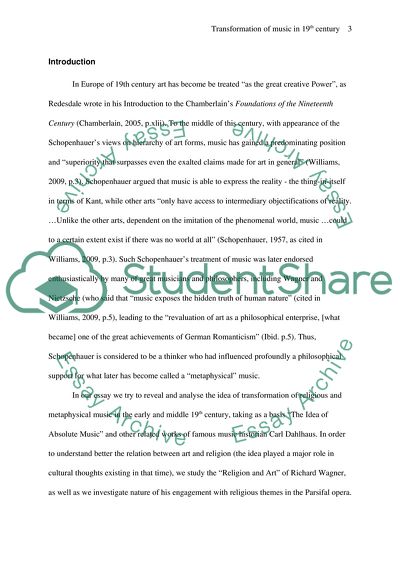Cite this document
(Transformation of Religious and Metaphysical Music in the Early and Research Paper, n.d.)
Transformation of Religious and Metaphysical Music in the Early and Research Paper. Retrieved from https://studentshare.org/music/1736466-musicology
Transformation of Religious and Metaphysical Music in the Early and Research Paper. Retrieved from https://studentshare.org/music/1736466-musicology
(Transformation of Religious and Metaphysical Music in the Early and Research Paper)
Transformation of Religious and Metaphysical Music in the Early and Research Paper. https://studentshare.org/music/1736466-musicology.
Transformation of Religious and Metaphysical Music in the Early and Research Paper. https://studentshare.org/music/1736466-musicology.
“Transformation of Religious and Metaphysical Music in the Early and Research Paper”, n.d. https://studentshare.org/music/1736466-musicology.


